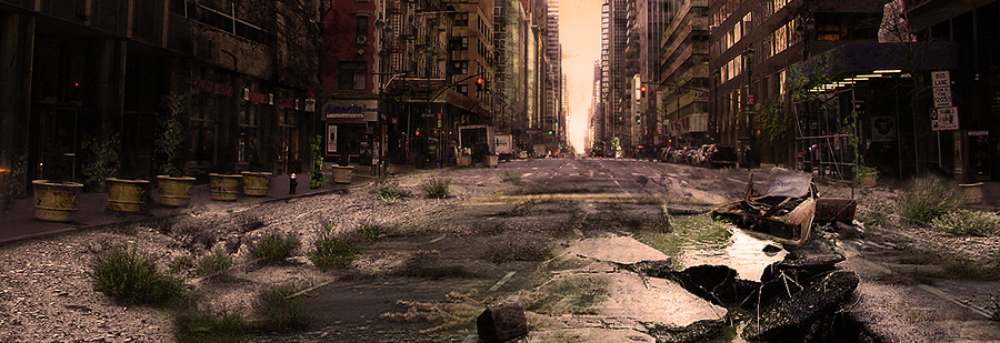Originally published at Notes from the bunker…. You can comment here or there.
Imagine waking up in your nice first-class berth aboard the Titanic and hearing the crew screaming that you have one minute to get up top and into the boats or youre gonna die. Now, in that minute you have to frantically assemble whatever you can to insure that you’ll survive the long wait in the chilly Atlantic waters. You scramble around looking for warm clothes, maybe a flask of whiskey, that sort of thing….painfully aware that in a minute youre going to have to make do with what you have.
See, thats how I feel most of the time…’under the gun’, so to speak. I know what I want (or need, for that matter)..its just getting those things thats a bottleneck..mostly because of money. Hey, preparing for the uncertain future isnt cheap.
In other news, I was rummaging through the freezer and determined the oldest food item in there is a vaccuum sealed package of ground beef from March of 2001. So I thawed it out and cooked it up yesterday and it was just fine. The big freezer keeps everything around zero degrees and the vaccuum sealing prevents freezer burn and helps to preserve things. So, 2.5 years is, thus far, not too long for properly stored frozen meats to last. Good to know. Also finished off a 15-gallon drum of rice last night. Part of my y2k stash. I’ll head up to CostCo this week and pick up another couple 50# bags and funnel ‘em into the drum. 100# of rice lasts quite a while…and stores very nicely.
Since winter is approaching I need to swing by Home Depot and pick up a few more 5-gallon cans of kerosene. Stores well and is quite safe to store…I can use it in my lamps, heater and camp stove. A very useful fuel.
Two acquisitions I need that are going to be huuuuuugely expensive: property for Rancho Ballistica (aka Area 52) and some sort of uber-reliable vehicle.
Money, money, money…..I should put on a suit and tie and take an ad in the NY Times calling myself a ‘Emergency and Crisis Preparedness Consultant’ and charge NY firms $500 a day to tell them to keep a flashlight and spare batteries in everyones desk.
